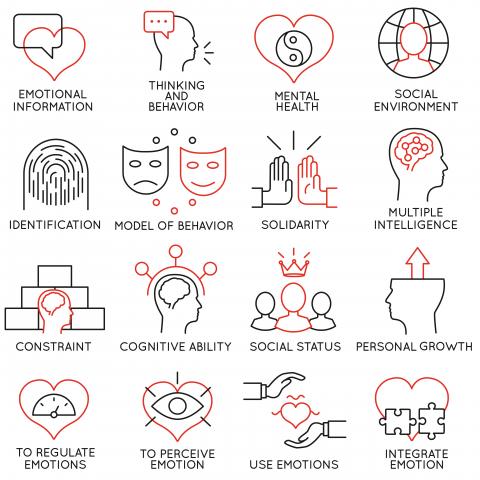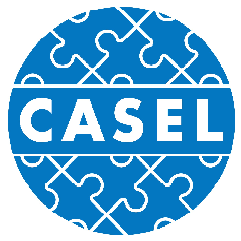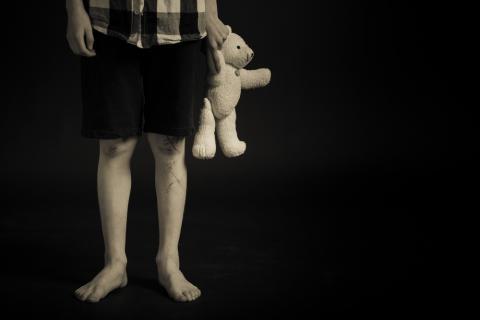
Image courtesy of Shutterstock.com
#InsideOut Blog Carnival: Focus on Social & Emotional Learning
It’s not news to moms that kids who are struggling socially or who feel unsafe are unlikely to enjoy and thrive in school. But there is increasing evidence that children who lack social and emotional skills are less likely to thrive as adults too.
A recent 20-year study found that children who were more likely to “share” or “be helpful” in kindergarten were also more likely to obtain higher education and hold full-time jobs nearly two decades later.
In contrast, students who lacked these “social and emotional competence” skills were more likely to have substance abuse problems, difficulty finding jobs, and difficulties with the law.
It turns out that having social and emotional skills makes a world of difference. So, what skills do socially and emotionally competent children have?
They are self-aware
They are able to regulate their emotions
They are socially aware and are able to empathize with others
They have good relationship skills
They make responsible decisions at school, at home, and in the community
Through today’s #InsideOut Blog Carnival on Social and Emotional Learning and Trauma-Informed Care, MomsRising and the Collaborative for Academic, Social, and Emotional Learning (CASEL) want to spread the word about the importance of social and emotional development and the many ways that we all can work as parents, teachers, and community members to foster the social and emotional development of our kids and productively address behavioral problems that are caused by childhood trauma.
**Join us for the #Inside Out Blog Carnival by reading the important blog posts below, leaving comments, sharing your own stories, and sharing on social media. Thank you!


















The views and opinions expressed in this post are those of the author(s) and do not necessarily reflect those of MomsRising.org.
MomsRising.org strongly encourages our readers to post comments in response to blog posts. We value diversity of opinions and perspectives. Our goals for this space are to be educational, thought-provoking, and respectful. So we actively moderate comments and we reserve the right to edit or remove comments that undermine these goals. Thanks!